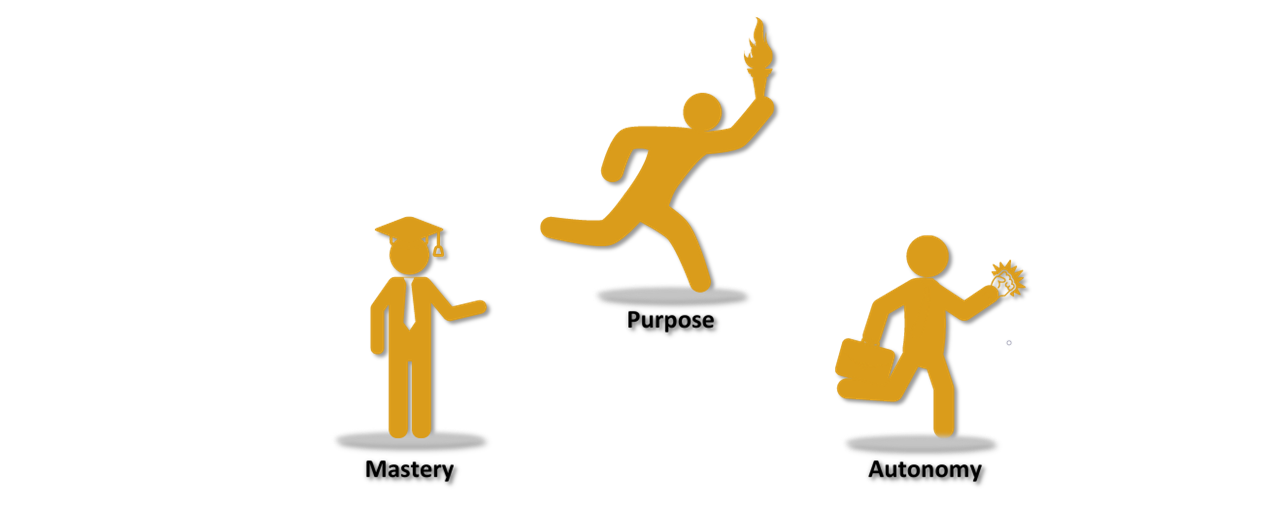Agile leadership and agile culture
A company needs leadership. But just as the way of working changes at a team level – with teams taking on holistic entrepreneurial responsibility – the leadership behaviour of managers must also adapt. Agile working requires agile leadership, and agile leadership needs an agile culture. Together, these three elements strengthen a company’s sustainable competitiveness, even under changing conditions. This makes them an important component of a resilient organisation.
Agile leadership
The focus of agile leadership is on shaping the environment for employees, in order to achieve the best results. The leadership style that thrives best with this ability is known as Catalyst Leader.
The difference between this leadership style and a strongly developed technical leadership style (Expert Leader), or a manager who leads primarily by setting goals (Achiever Leader), is mainly that the Catalyst Leader leaves the technical content and the associated goals to the employee or the team. He concentrates on shaping the environment of the employee and the team in such a way that the team achieves the best work results. The Catalyst Leader, for example, does not set goals but rather ensures that his employees have all the information they need to set ambitious goals for themselves.
An important prerequisite for this is that the employees understand the purpose of their actions. Ideally, this purpose is expressed in the form of a meaningful vision that gives employees a clear direction for their efforts. Visions can exist at the level of the entire company, but also at the level of individual products. On the one hand, they leave room for implementation in daily activities, but on the other hand, they provide a clear scope for action. This leadership style promotes entrepreneurial thinking and action among employees and is thus an important prerequisite for decentralised decision-making structures. However, this should not be understood to mean that a single employee takes on the role of leader. Rather, it is about the team as a whole taking on this role.
The diverse competencies and experience within the team, combined with a well-developed communications network, are the basis for making the right decisions on complex issues in the shortest possible time. Risks and opportunities are evaluated and balanced. Based on this, the team can react quickly to unforeseen events. Managers can (and should) be involved in this decision-making process with the potential they have to offer as a result of their experience, but they should not manipulate this process and especially not assume that they already know the outcome.
Agile culture
The basis for this type of leadership is provided by the theory X and theory Y coined by Douglas McGregor in 1960 X-Y-Theorie.
Leaders assume that employees are committed and motivated. This shapes the leadership style to the extent that no unnecessary control mechanisms need to be implemented. Steering, directive leadership and sanctions are unnecessary. The leader can fully concentrate on fostering the three most important drivers of motivation in employees.
Under these conditions, a culture of trust grows in which employees can grow into competent entrepreneurs in the company. However, a culture of trust does not mean that everything is always right. Therefore, a productive error culture is an important companion to the culture of trust. The organisation is open to mistakes at all levels and sees them as an important source for innovative learning and avoiding mistakes in the future.
The third cultural pillar is essentially the link between the culture of trust and the culture of error: the positive feedback culture. Giving good feedback is not easy and even experienced managers often find it difficult. Therefore, it is part of an agile culture that employees at all levels permanently develop this skill. Training programmes support this development. Especially in critical situations, e.g. when (self-imposed) goals are not achieved, a positive feedback culture has proven to be a strong element in maintaining maximum motivation and initiative among employees and teams. The consequence of this is what matters to companies. Competitive advantages in every situation.
The change process towards more agile leadership and agile culture is an essential part of the agile transformation. Since both the process and the individual outcome are uncharted territory for every company, it is recommended to seek accompaniment and support in this change. The consultants at CO Improve have extensive experience with agile transformation processes in various companies and industries. In addition to their technical expertise in agility, they understand to involve all employees and managers in the change process, thereby creating a high level of acceptance.
The benefit to you
- You achieve a high level of employee motivation and initiative.
- You have satisfied employees and managers.
- You strengthen the image of the company as an attractive employer.
- You gain competitive advantages and have greater market success.


